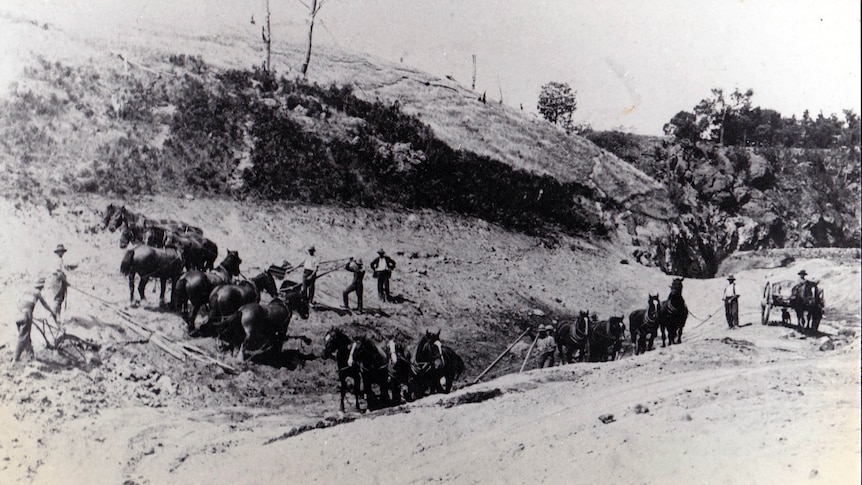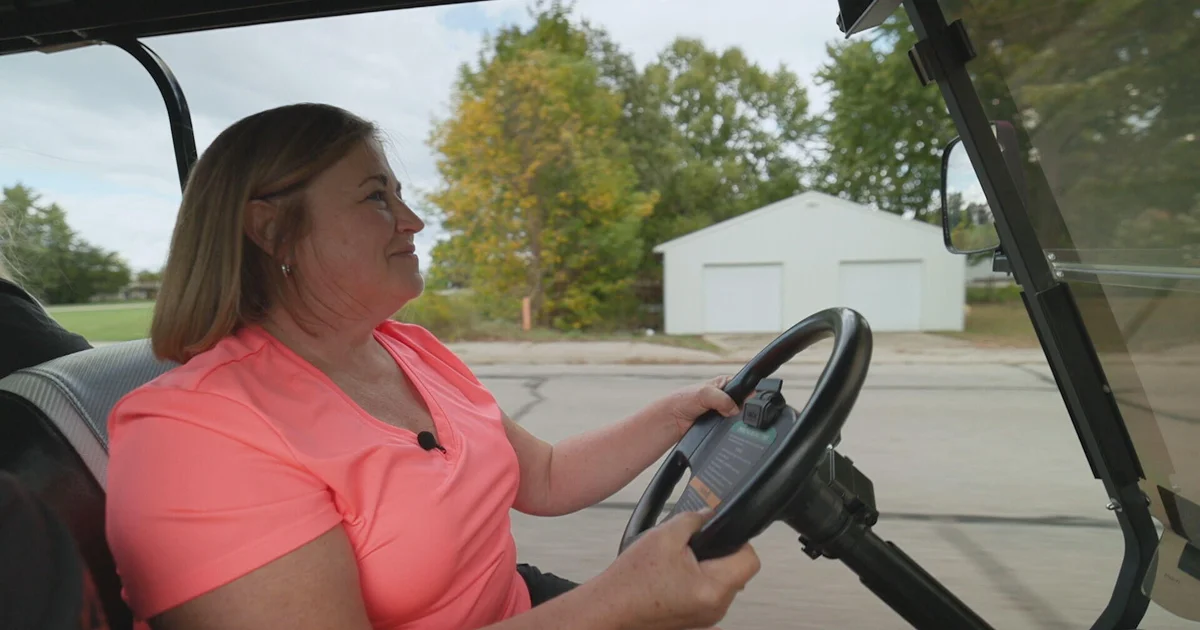Copyright abc

A century ago, a burgeoning sugar beet industry in Victoria's Gippsland region paved the way for the construction of the Glenmaggie Weir. It was a feat of engineering that has outlasted the industry it was initially intended to support. Farmers began growing sugar beet in the Maffra area in the late 1800s but, despite years of growth, the industry collapsed during World War II. The weir has since become a critical water source for dairy farming and horticulture in the area. Victorian sugar industry All Australian sugar is produced from sugar cane, mostly grown in Queensland, and it has been that way for nearly 80 years. Before that, sugar was also produced successfully for decades in Gippsland at the Maffra Sugar Beet Factory. It involved extracting a sugar syrup from red beets, with the leftover pulp fed to cattle as stockfeed. Maffra and District Historical Society secretary Pauline Hitchins said there was a financial incentive for farmers to produce sugar locally. "Originally there was a push across Victoria to develop a local sugar industry because of the high cost of importing sugar," she said. "So Gippsland farmers got behind it and, with support from the government, built the factory in 1898." Harvesting sugar beets was a labour-intensive process. It required farmers to uproot the beets using horse-drawn carts, before cutting off the tops of the beets using special knives. But Ms Hitchins said the industry did not last. "The factory produced sugar on and off until 1948 due in part to inconsistent rainfall, labour shortages, and the repercussions of two world wars," she said. Building the weir The Glenmaggie Weir was built between 1919 and 1926 to provide reliable water to grow sugar beets. It took people, horses, water and a whole lot of concrete to construct. "Horsepower was very important, but a construction village was also built for all the human workers in those days," Ms Hitchins said. She said that made deadlines difficult to keep. "The original smaller weir was supposed to be up within three years, but it was close to a decade before the whole weir was built," she said. According to records, the first batch of water was delivered to Bob Goldie on October 15, 1925. "He lived in the Boisdale-Valencia Creek area, where he grew sugar beet and maize," Ms Hitchins said. "He only received a small amount at first, followed by a delivery of about 120 megalitres a week later. "But that was the start of a very reliable and long-standing irrigation system." A century of change The weir initially held 132,000 megalitres of water, which is the equivalent of 52,800 Olympic-sized swimming pools. After World War II, returning soldiers settled on farms across the district. To supply them with extra irrigation water, the weir wall was raised by 3.6 metres, increasing its storage capacity to 180,000 megalitres. Retired dairy farmer Rob Noble from Boisdale has a family connection dating back to the weir's early days. His father Murray Noble purchased Mr Goldie's original irrigated property. "Our family have been using weir water since the 1940s, after my father purchased the land where the first water was delivered," he said. Mr Noble said the weir changed the fortunes of their farm and region. "Without irrigation, the dairy industry wouldn't have prospered in this district," he said. But according to Mr Noble, in the century since, the local farming community had changed dramatically. "When I started farming in 1960, this was exclusively dairying country," he said. "Now it would be no more than half dairy, with the rest made up of vegetable farms and lifestyle blocks." An 'under appreciated' piece of history Today, the weir supplies water to farmers across the Macalister Irrigation District, a region known for its dairy and horticultural produce. "It was a brilliant engineering and visionary exercise, built 100 years ago using things like horses, scoops and wheelbarrows," Mr Noble said. "So it was a remarkable achievement, which I'd have to say is under appreciated."



